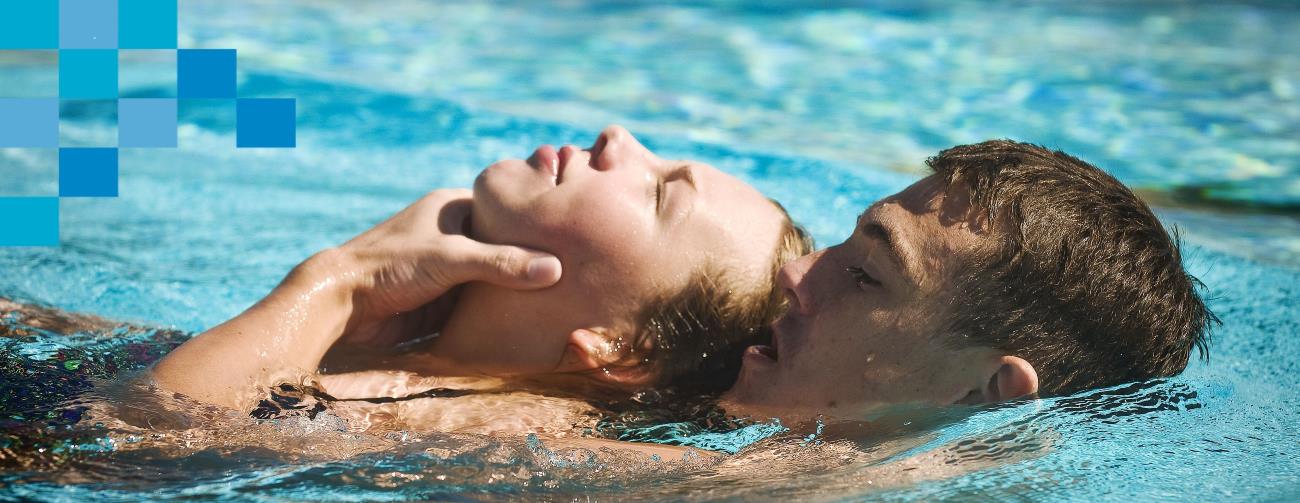
When should I attempt a rescue?
In any rescue situation, your personal safety should be paramount. There are many types of rescues which do not involve the rescuer entering the water, it is important to assess the situation to determine which rescue is most suitable. Remember, if you enter the water without first assessing the situation and get in to trouble, you will not be able to assist anyone.
What should I do if I see someone in trouble?
Royal Life Saving is encouraging people who find themselves in a rescue situation to follow the 4 A’s of Rescue: Awareness, Assessment, Action and Aftercare.
- Awareness: recognizing an emergency, accepting responsibility
- Assessment: making an informed judgement
- Action: developing a plan, effecting the rescue
- Aftercare: giving aid until medical help arrives
How do I attempt a rescue?
When assessing a rescue situation there are a number of means by which the rescuer can try to assist the person in trouble, before they undertake a swimming rescue themselves. These include: Talk, Reach, Throw, Wade, and Row. Before entering the water, make sure you take a few moments to assess the situation – is there something on hand which you could use to reach the person, such as a rope, stick, or towel? Is there something you could throw to the person to aid their buoyancy, such as a life jacket, kickboard, or esky lid?
Is there a risk in undertaking a rescue?
Yes. 5% of people who drowned in 2022-23 were attempting to rescue people in trouble. Often when you approach a person in difficulty they may be in a state of panic and can easily drag you under in their attempt to stay afloat. It is important not to put yourself in danger; you can reassure the person whilst encouraging them to kick in them self, or if the person requires towing, you should take an aid out to them, and use this to tow them back.
Where can I learn more about undertaking rescues?
Depending on how old you are you can undertake Swim and Survive, Junior Lifeguard Club (JLC), and/or Bronze Medallion.
How do I know which type of rescue to use?
Use a Talk rescue when you feel the person in trouble can make their own way to safety with you talking them through it. Use a Reach rescue when the person has fallen in near the edge or the rescuer is a weak or non-swimmer. Use a Throw rescue when the person in trouble is too far away for each rescue to work, or the rescuer is a weak or non-swimmer. Use a Wade rescue when the throw rescue hasn’t worked. Use a Row rescue when the person in trouble is too far away for one of the other rescue types.